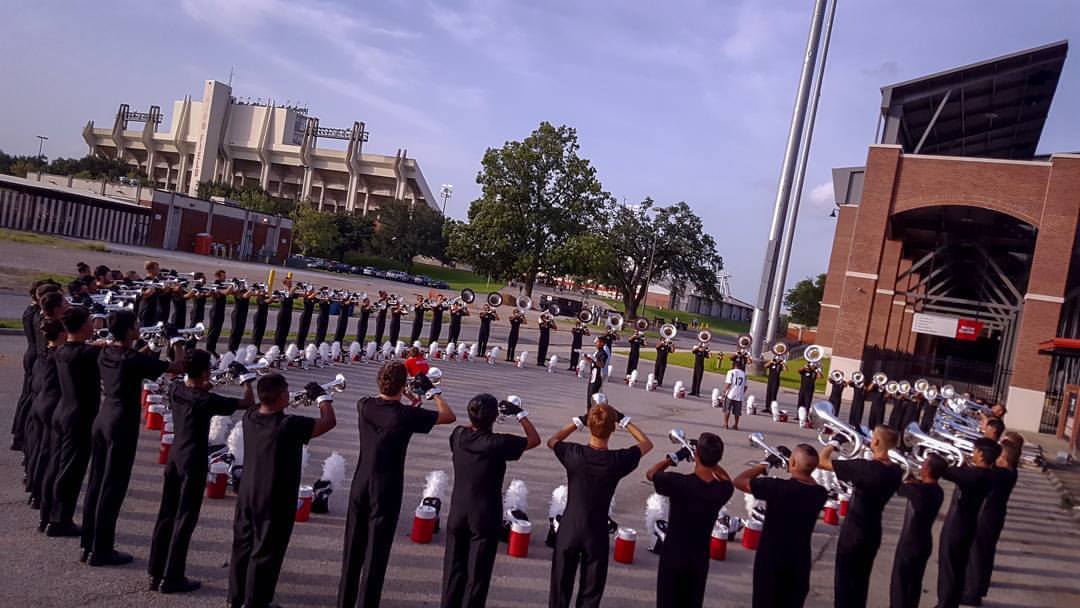Having spent most of the last 35 years around music programs and marching bands in various capacities, I can state that there are as many contrasting attitudes and viewpoints on the topic of “marching band fundraising” as there are broken and wonky music stands in the corner of your band room (go ahead and count – I’ll wait)…

Many organizations tend to range from “grudgingly agreeable” to “grumbling acceptance” when it comes to yet another fundraiser.
And I think that’s one of the primary reasons why “FansRaise” needed to be created.
Many conventional performing arts fundraisers are built around selling something:
Candy, bake-at-home food kits, wrapping paper, mattresses, and other household purchases.
Donors/purchasers figure “Well, we’d probably spend money on it anyway – might as well help the band…”
In reality, these sales are fine. While they may range in profitability or hassle/headaches to manage, they will make some money for the program.
Most programs make these sales optional for students and their families, although I have encountered some programs that force-compliance with a set dollar amount of expected mandatory fundraising.
Arts Crowdfunding should be different.
Among the biggest advantages that group crowdfunding campaigns carry is that they are capable of generating tremendously large amounts of money very rapidly, with zero upfront costs typically.
They can (and really SHOULD) involve 100% of your students as a means of promoting the donation campaign to the widest audience of high-probility donors.
Take for example -> selling poinsettias right before Christmas.
There are several reasons why someone WOULDN’T purchase and support your organization:
- They do not observe the December holiday that commonly involves that flowering plant
- They are located too far away to make delivering a plant practical
- The plants are too small or too overpriced
- Allergies
- Pets
- Allergic pets
- Lack of a “green-thumb” means certain death for that plant
- Already planning to purchase their plants from a different source
- Bah-humbug…
Crowdfunding defeats ALL of these excuses.
It comes down to simple financial support of your organization, driven by a desire to help an important program with which the students are engaged.
Now – given the above – if close to 100% of your students are involved and engaged within the campaign (and FansRaise has built the platform infrastructure for you to make that simple), your crowdfunding campaign now has an optimal audience of 100%, as opposed to merely 15-20% with a conventional fundraiser as depicted above.
This does mean that for some programs, getting 100% buy-in from students and their families represents a shift in the attitudes and behaviors around fundraising.
- Will it require a little encouragement and urging? Yes.
- Will it be met with understandable questions and potential objections? Also probably yes.
That’s ok. We can help.
By all measures, it’s still a wise idea to implement an annual giving and/or capital campaign utilizing crowdfunding on a regular basis.
It’s easy to launch, holds the highest potential for a windfall of incoming revenue, and provides a vehicle to teach and reinforce program ownership and responsibility to students and families throughout the program.
Sound good? Download our blueprint to learn how.
This guide shows you exactly how several ensembles are already using our platform and a variety of other methods to raise THOUSANDS of dollars in only a few weeks.
What would your program do with that money?


